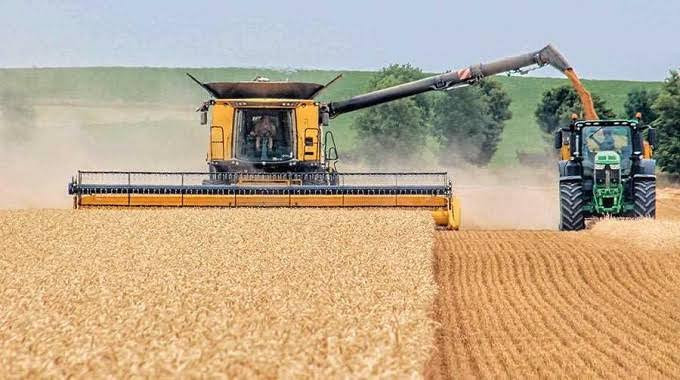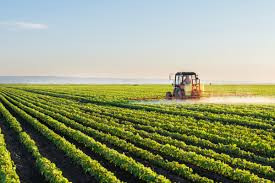
ZIMBABWE’S food security situation could worsen as the World Food Programme (WFP) predicts normal to below normal rainfall for the period February to April 2024, owing to the El Nino-induced drought weather conditions.
The situation threatens to lower agricultural output for the year with government predicting a 16-percentage points drop for the sector to a -4,9% growth rate for the year.
In its food security outlook for January released on Tuesday, WFP said most parts of the country received below normal rainfall characterised by a late start and prolonged mid-season dry spells.
“The recently updated seasonal forecast by the Southern Africa Climate Outlook issued in January 2024 showed that the country is likely to receive normal to below normal (rainfall) for the period February to April 2024," WFP said.
"Since the start of the season, most parts of the country received below normal rainfall characterised by a late start and prolonged mid-season dry spells.
“Most parts of the country experienced dry conditions since mid-January and are likely to persist until the third week of February 2024. As a result, area planted continued to be below average across the country and the germination rate was also poor in the southern region.”
According to WFP’s HungerMap LIVE monitoring platform, the number of people facing insufficient food was estimated at 4,4 million during the first week of February.
This was up from 4,2 million during the first week of January, and 1,7 million more than the 2,7 million who had been predicted to be in the hunger queue during this period.
- 3,7m queue for govt food aid
- A critical analysis of govt’s economic stability measures
- Forthcoming agric season: Farmers must tighten belts
- El Nino: Spare a thought for rural poor
Keep Reading
The map collects data from rural and urban households through mobile phone surveys on several indicators including food consumption patterns and coping strategies.
“Livestock condition significantly improved in the central and northern regions due to an improvement in pasture availability and quality, while in parts of the southern region, livestock condition has not yet improved due to erratic rainfall,” WFP said.
WFP’s internal monitoring showed that as a result of the poor weather, the main sources of livelihoods for the majority population were fast shrinking.
Typically, the main sources of income for most vulnerable households include casual labour, sale of livestock and livestock products, small-scale mining, sale of fruits and vegetables, brick moulding, fishing and remittances.
“However, it was observed that a smaller proportion of households had access to these livelihood activities, leading to increased vulnerabilities. According to the FewsNet January Food Security Outlook, seasonal agricultural related casual labour opportunities and the labour rates remained below normal due to erratic rains,” WFP said.
“Similarly, livestock sales and incomes were reported to be depressed due to poor livestock body conditions and constrained demand, mainly in the southern region and other typical low-rainfall areas.”
WFP said the harvesting, consumption and sale of seasonal wild produce such as fruits and vegetables were also reported to be significantly below normal.
The programme said the popular Mopane worms (amacimbi/ madora) were totally unavailable in the country’s southern regions due to high temperatures and poor rainfall.
“Below-normal access to income and ongoing macroeconomic challenges will likely deepen the challenges faced by vulnerable households in accessing essential needs,” WFP said.
However, the organisation said the deteriorating food security situation between January and February was in line with seasonal trends, which had only been made worse by the El Nino weather phenomenon.
The 2023 Rural Zimbabwe Livelihoods Assessment Committee estimated that 2,7 million people would be cereal insecure during the January to March 2024 peak lean season.
“Other factors that could be contributing to the deteriorating situation include price increases in ZWL terms, unavailability of green harvest in most parts of the country which usually bring some relief to vulnerable households during this time of the year as well as low incomes reported by most vulnerable households,” WFP said.











